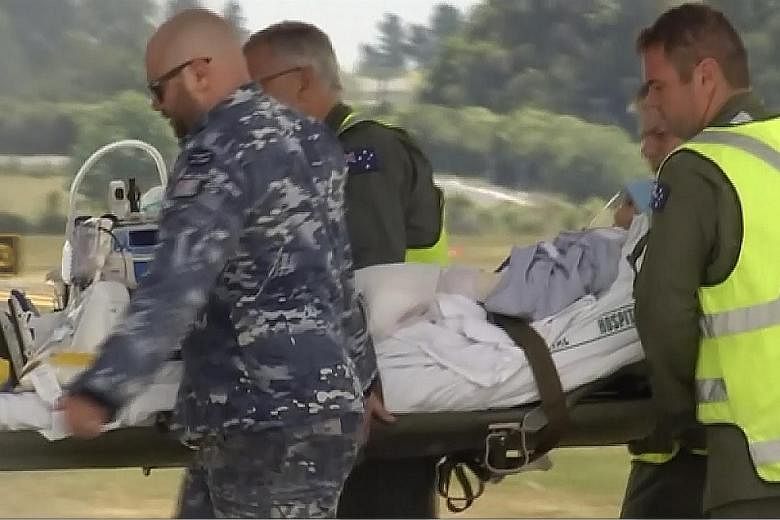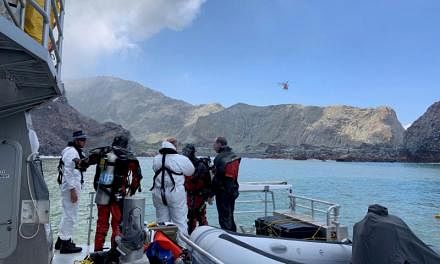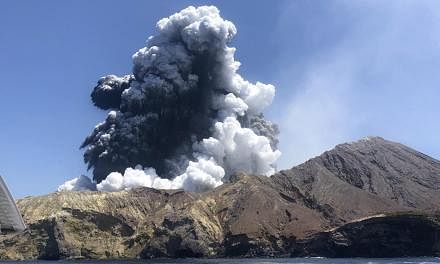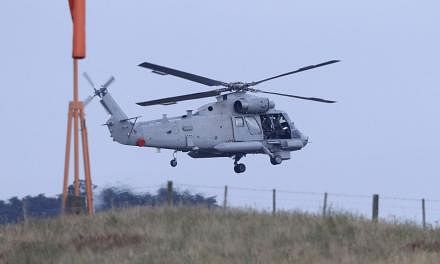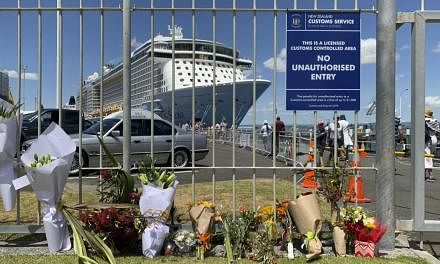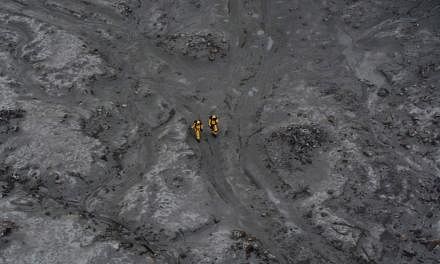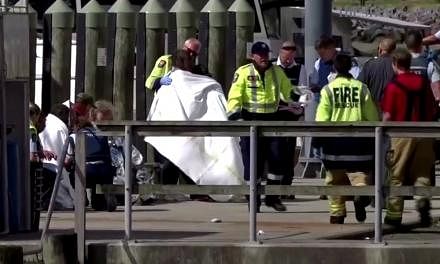WHAKATANE/WELLINGTON • Police in New Zealand are planning a mission to volcanic White Island today to retrieve bodies of people killed in this week's eruption, while the known death toll from the disaster climbed to eight, with two people dying in hospital.
Eight more people are missing and presumed dead, buried under ash and debris from Monday's eruption. More than 20 people are in hospital, many with severe burns, while seven others have been transferred to burn units in Australia.
"I can now confirm that we are finalising a plan to recover the bodies from White Island tomorrow morning," police Deputy Commissioner John Tims said in a statement yesterday, adding that families would be briefed on the operation.
Another police officer, Deputy Commissioner Mike Clement, later told a news conference that the mission was risky and that a team would deploy at first light today.
Six bodies could be seen and there would be "very limited" opportunity to search for the other two, he said, adding: "A lot has to go right for this to work."
The volcano on White Island, also known by its Maori name Whakaari, is "highly volatile" and could erupt again within days, said the authorities.
There are no signs of life on the uninhabited island.
Ms Judy Turner, Mayor of Whakatane, the nearest town on the mainland, said: "We are now living with a growing sense of desperation to bring home those that we know are there and those we love.
"The frustration of those families most affected is completely understandable. No news is not good news for people in this situation."
Dr Graham Leonard, a senior scientist at New Zealand's geological science agency GNS Science, said monitoring equipment still active on the island put the risk of a further eruption over the next 24 hours at 50 to 60 per cent, up from 40 to 60 per cent on Wednesday.
"Today is less safe than yesterday and the day before," he said.
In the event of another eruption, anybody on the island could be "pummelled to death" by flying rocks or overcome by ash and gases in temperatures exceeding hundreds of degrees Celsius, said GNS Science volcanologist Nico Fournier.
Meanwhile, medical staff were working round the clock treating severely burnt survivors.
The enormity of the task facing New Zealand's hospital burn units was clear when Dr Peter Watson, a chief medical officer, said at a news conference that extra skin has been ordered from American skin banks.
Hospital personnel anticipated needing an extra 120 sq m of skin for grafting onto patients, Dr Watson said.
REUTERS
